Year 2
The English curriculum is built around the three interrelated strands of language, literature and literacy. Teaching and learning programs should balance and integrate all three strands. Together, the strands focus on developing students' knowledge, understanding and skills in listening, reading, viewing, speaking, writing and creating. Learning in English builds on concepts, skills and processes developed in earlier years, and teachers will revisit and strengthen these as needed.
In Year 2, students communicate with peers, teachers, students from other classes and community members.
Students engage with a variety of texts for enjoyment. They listen to, read, view and interpret spoken, written and multimodal texts in which the primary purpose is to entertain, as well as texts designed to inform and persuade. These encompass traditional oral texts, picture books, various types of print and digital stories, simple chapter books, rhyming verse, poetry, non-fiction, film, multimodal texts, dramatic performances and texts used by students as models for constructing their own work.
The range of literary texts for Foundation to Year 10 comprises Australian literature, including the oral narrative traditions of Aboriginal and Torres Strait Islander Peoples, as well as the contemporary literature of these two cultural groups, and classic and contemporary world literature, including texts from and about Asia.
Literary texts that support and extend Year 2 students as independent readers involve sequences of events that span several pages and present unusual happenings within a framework of familiar experiences. Informative texts present new content about topics of interest and topics being studied in other areas of the curriculum. These texts include language features such as varied sentence structures, some unfamiliar vocabulary, a significant number of high-frequency sight words and words that need to be decoded phonically, and a range of punctuation conventions, as well as illustrations and diagrams that support and extend the printed text.
Students create a range of imaginative, informative and persuasive texts including imaginative retellings, reports, performances, poetry and expositions.
(source: www.australiancurriculum.edu.au)
Achievement Standard
Receptive modes (listening, reading and viewing)
By the end of Year 2, students understand how similar texts share characteristics by identifying text structures and language features used to describe characters and events, or to communicate factual information.
They read texts that contain varied sentence structures, some unfamiliar vocabulary, a significant number of high-frequency sight words and images that provide extra information. They monitor meaning and self-correct using knowledge of phonics, syntax, punctuation, semantics and context. They use knowledge of a wide variety of letter-sound relationships to read words of one or more syllables with fluency. They identify literal and implied meaning, main ideas and supporting detail. Students make connections between texts by comparing content. They listen for particular purposes. They listen for and manipulate sound combinations and rhythmic sound patterns.
Productive modes (speaking, writing and creating)
When discussing their ideas and experiences, students use everyday language features and topic-specific vocabulary. They explain their preferences for aspects of texts using other texts as comparisons. They create texts that show how images support the meaning of the text.
Students create texts, drawing on their own experiences, their imagination and information they have learnt. They use a variety of strategies to engage in group and class discussions and make presentations. They accurately spell words with regular spelling patterns and spell words with less common long vowel patterns. They use punctuation accurately, and write words and sentences legibly using unjoined upper- and lower-case letters.
(source: www.australiancurriculum.edu.au)
- Plus Plan
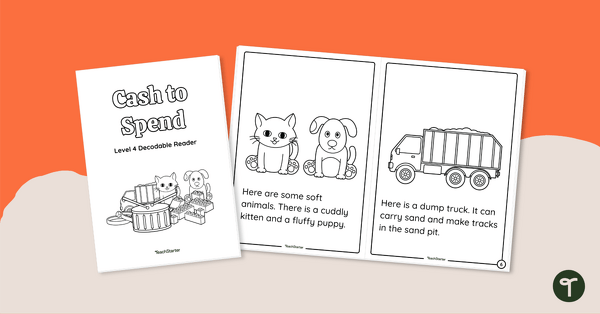
Cash to Spend - Decodable Reader (Level 4)
Develop confident, successful readers with this phonics-based, printable decodable book.
- Plus Plan
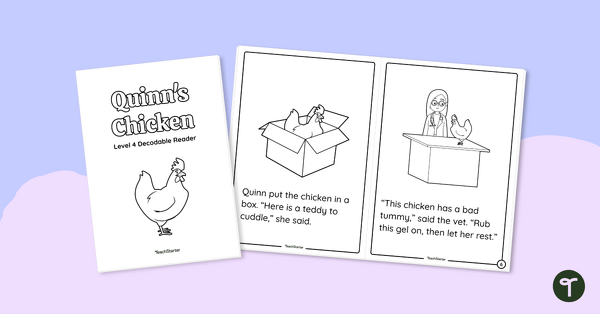
Quinn's Chicken - Decodable Reader (Level 4)
Develop confident, successful readers with this phonics-based, printable decodable book.
- Plus Plan
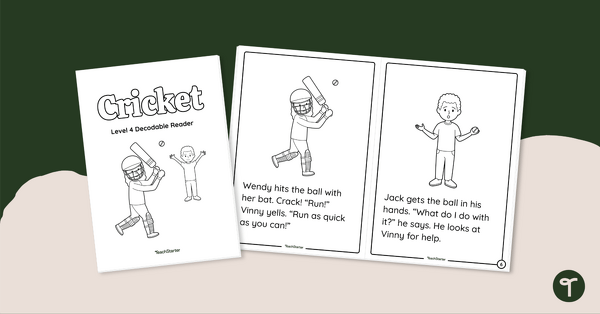
Cricket - Decodable Reader (Level 4)
Develop confident, successful readers with this phonics-based, printable decodable book.
- Plus Plan
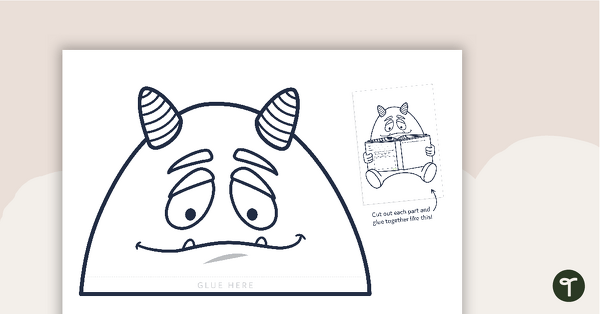
Monster Book Report Template
A cute monster-themed book report template.
- Plus Plan

What Can I See? - Decodable Reader (Level 3)
Develop confident, successful readers with this phonics-based, printable decodable book.
- Plus Plan
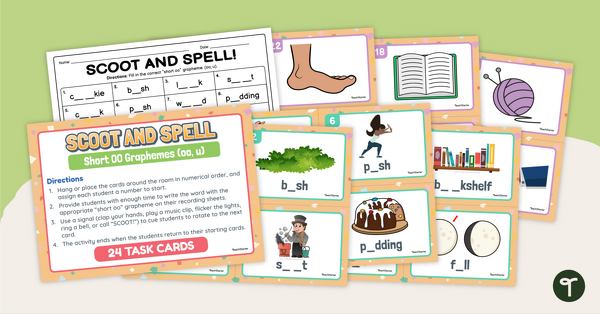
Short OO Graphemes - SCOOT! Task Cards
Explore words containing graphemes that make the ‘short oo’ sound with this active classroom game that will get your students moving!
- Free Plan
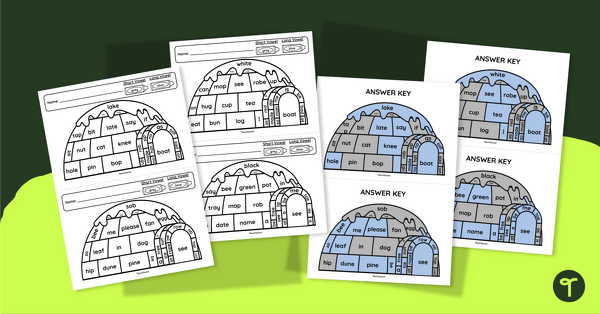
Colour By Vowel Sound - Winter Worksheet
Use a chilly colour by vowel sound worksheet to bring a bit of Winter into the classroom this season.
- Free Plan
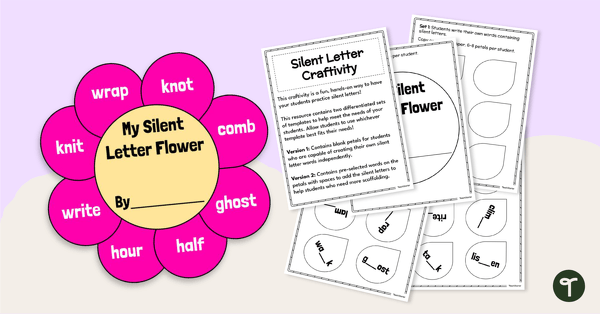
Silent Letter Craft Activity
Explore silent letters in a new and unusual way with this creative craft activity.
- Plus Plan
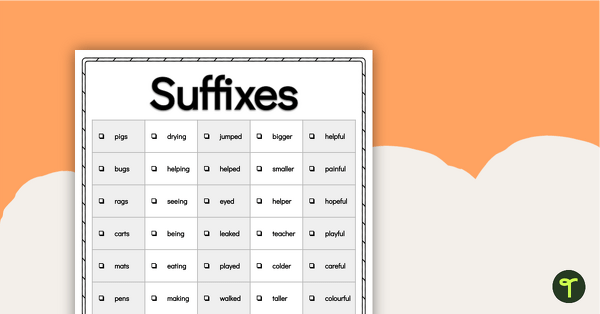
Word Study List - Suffixes
Introduce and explore common suffixes with this extensive list of words.
- Plus Plan
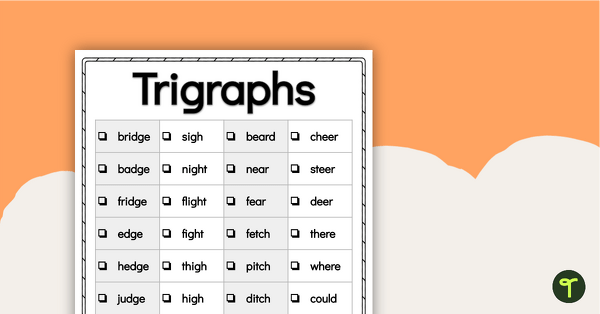
Word Study List - Trigraphs
Introduce and explore common trigraphs with this extensive list of words.
- Plus Plan
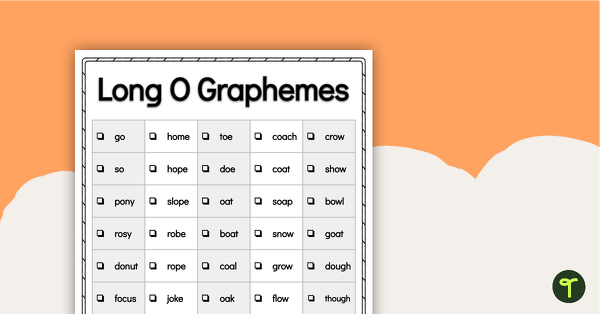
Word Study List - Long O Graphemes
Introduce and explore words containing graphemes that make the ‘long o’ sound with this extensive list of words.
- Plus Plan
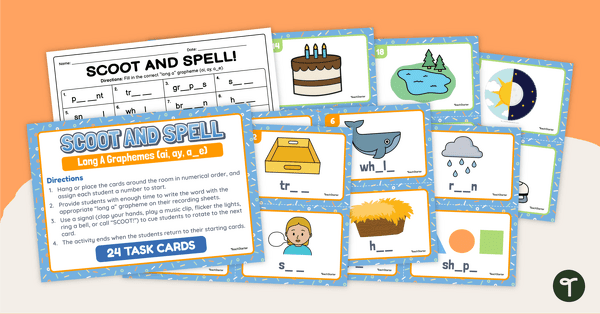
Long A Graphemes - SCOOT! Task Cards
Explore words containing graphemes that make the ‘long a’ sound with this active classroom game that will get your students moving!
- Plus Plan
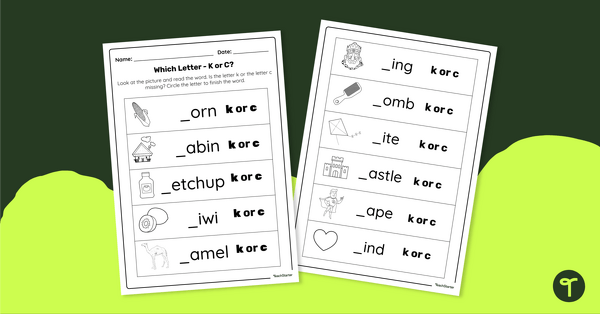
Which Letter? Worksheet - K or C
Practise identifying when to begin words with the letter K or the letter C with this printable two-page worksheet.
- Plus Plan
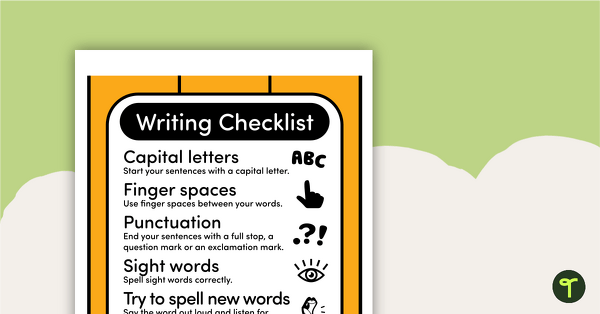
General Writing Checklist Poster for the Classroom
A pencil-themed writing checklist poster.
- Free Plan
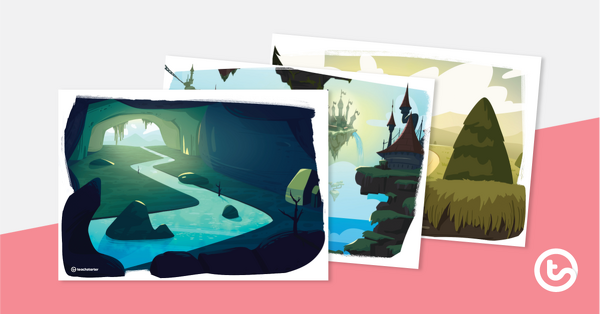
Mysterious Story Setting Background Posters
A set of 3 mysterious story setting posters for students to use in a variety of ways.
- Plus Plan
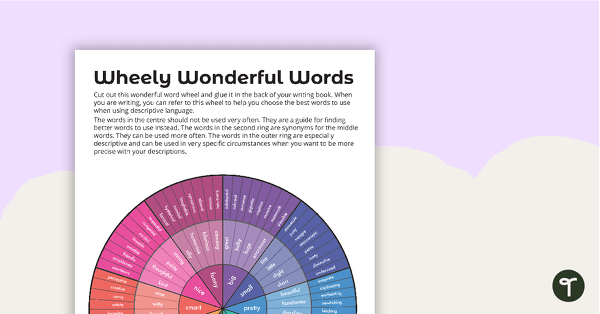
Wheely Wonderful Words – Overused Adjectives
Banish overused adjectives with a handy adjective-synonym word wheel!
- Plus Plan

Food Flavour Fryer – Worksheet
A comprehension worksheet for a fake advertisement from the Year 1 magazine (Issue 2).
- Plus Plan
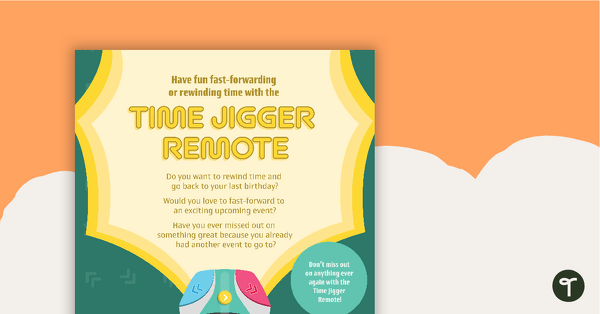
Time Jigger Remote – Worksheet
A comprehension worksheet for a fake advertisement from the Year 2 magazine (Issue 2).
- Plus Plan
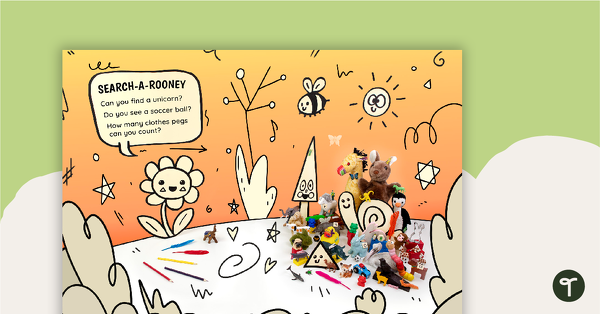
Search-a-Rooney 2 – Comprehension Worksheet
A comprehension worksheet for a image stimulus poster where students need to locate objects and characters.
- Plus Plan
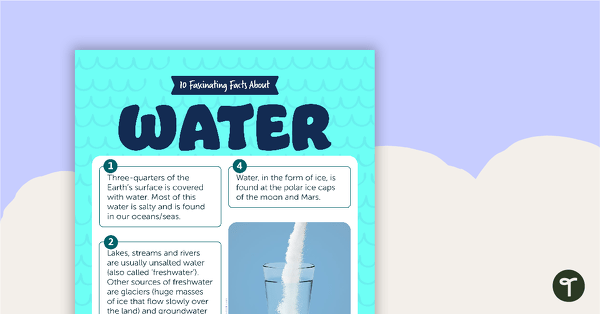
10 Fascinating Facts About Water – Worksheet
A comprehension worksheet for a magazine article from the Year 2 magazine (Issue 3).
- Plus Plan

Phoneme Spotter Story – 'oo' Sound
A decodable text featuring various graphemes that make the ‘oo’ sound.
- Plus Plan
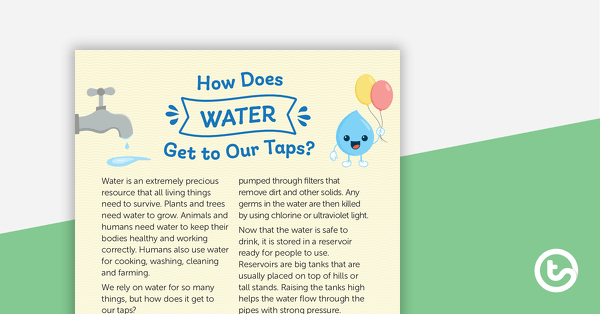
How Does Water Get to Our Taps? – Worksheet
A comprehension worksheet for an information report from the Year 2 magazine (Issue 2).
- Plus Plan
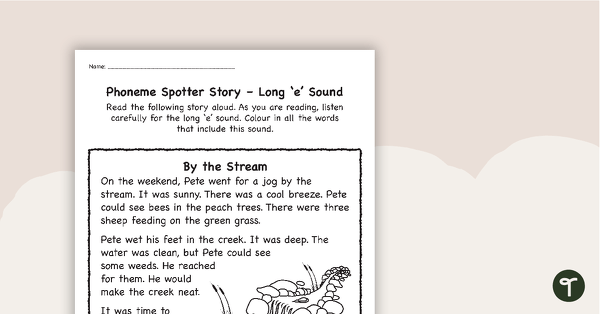
Phoneme Spotter Story – Long 'e' Sound
A decodable text featuring various graphemes that make the long 'e' sound.
- Plus Plan
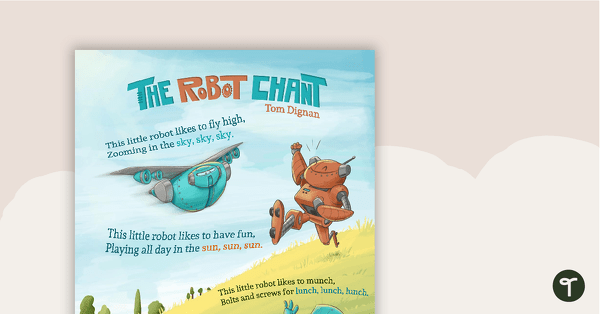
The Robot Chant – Comprehension Worksheet
A comprehension worksheet accompanying a rhyming chant about robots.
- Plus Plan

Alphabetical Order Worksheet for Year 2
This year 2 worksheet explains alphabetical order and allows students to demonstrate.
- Free Plan
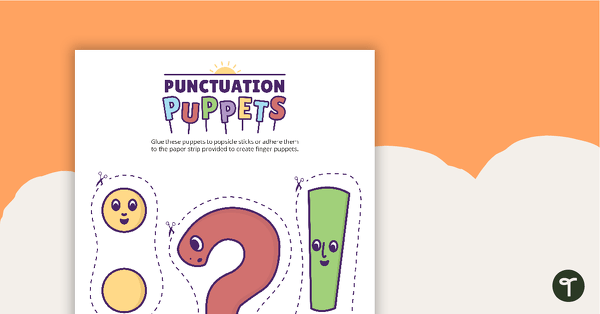
Punctuation Puppets
A range of different punctuation characters that can be cut out and used as puppets.
- Plus Plan
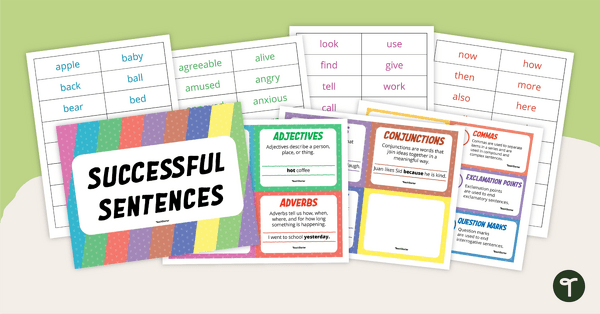
Successful Sentences – Sentence Construction Cards
Word cards for constructing complex sentences.
- Plus Plan
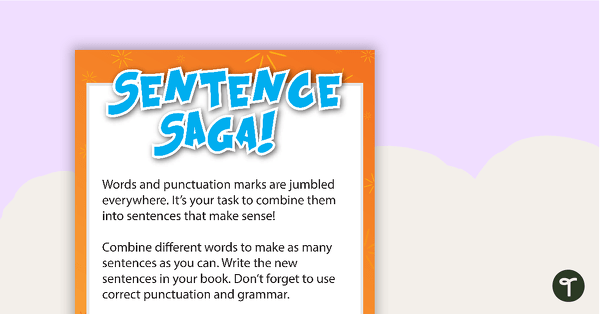
Sentence Saga Literacy Activity (Silly Sentences)
Words and punctuation marks are jumbled everywhere. It’s your task to combine them into sentences that make sense!
- Free Plan
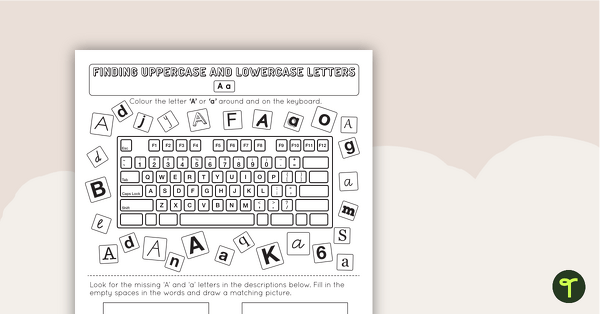
Recognising Uppercase and Lowercase Letters on a Keyboard Worksheet
A 26 page collection of worksheets (1 for each letter of the alphabet) to help students recognise uppercase and lowercase letters on a keyboard.
- Plus Plan
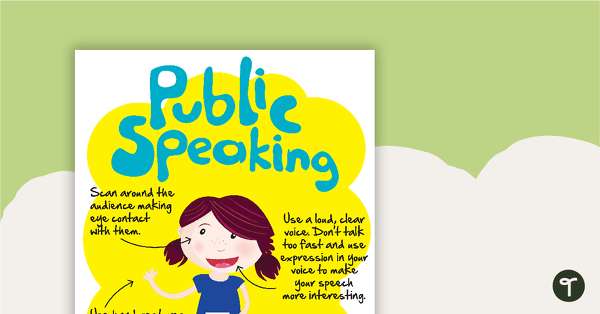
Public Speaking Poster
A poster giving tips on how to deliver an effective speech.
- Plus Plan
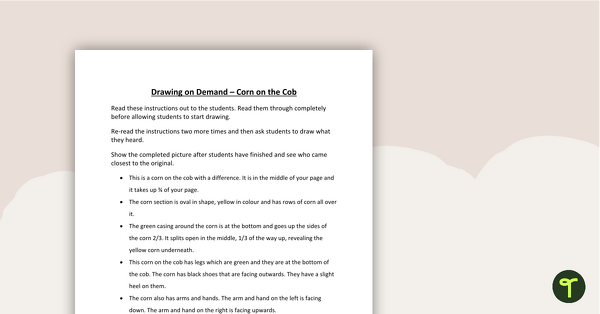
Drawing on Demand - Corn on the Cob
An art activity that incorporates both drawing and listening skills.
- Plus Plan

Comprehension - Hare and The Tortoise
A fun script and set of questions to help students develop reading and comprehension strategies.